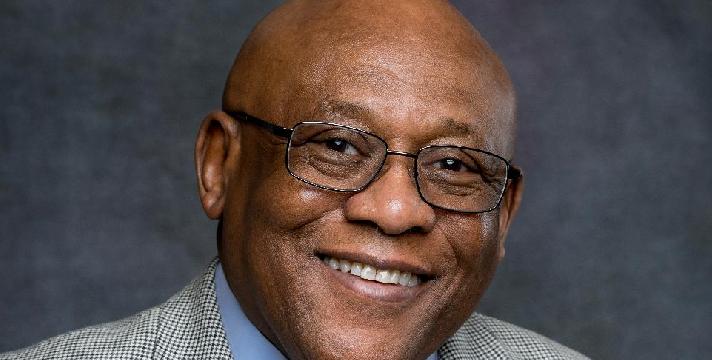
Daylight saving time (DST) 2018 ends soon, specifically at 2:00 AM EST on Sunday, November 4. Pretty much all of the U.S. is fairly accustomed to daylight saving time by now (colloquially called ‘daylight savings’), with a few exceptions.
No U.S. territories observe daylight saving time, including Guam, the U.S. Virgin Islands, Puerto Rico, American Samoa, and the Northern Mariana Islands. Hawaii doesn’t follow it either. In the continental U.S., Arizona is the only state that still does not follow daylight saving time, with the exception of some native tribes like the Navajo who might observe it on tribal lands.
The most recent state to adopt daylight saving time? Indiana, who only put the practice into effect in 2006.
Time is Weird — More So In Indiana
Time is relative. As long as we have had organized societies, humans have tried to manipulate how we keep track of time. Between 1929 and 1931, the Soviet Unions launched a failed attempt to have five and six-day weeks. French revolutionaries attempted to use a 10-hour clock after the French Revolution.
Those extreme examples may sound silly, but calendars and time-keeping really are relative. Nature’s clock is always changing with the passing of seasons; humans just need an agreed-upon standard of time-keeping to keep society running smoothly.
Back before daylight saving time was put into effect in Indiana in 2006, Hoosiers were content with their wacky time-keeping. It wasn’t the most convenient, but it worked for them. Between parts of state landing in different time zones (Eastern and Central) and many needing to keep track of time in neighboring states like Ohio for business reasons, Indiana had a myriad of times across its residents’ clocks. The whole situation is a bit hard to sum up, so if you want to read more about pre-DST Indiana, check out this 2001 article from the New York Times.
In the end, Indiana state government did approve the institution of DST in 2006. There was an adjustment period, but the state managed. Just over a decade later, was the struggle all for nothing?
Could Daylight Saving Be Moot Soon?
With each year that Americans “spring ahead and fall back”, the debate about the usefulness of DST intensifies.
Only around 33% of Americans report knowing the purpose of DST. Originally, DST was used to essentially push an hour of daylight from summer mornings to summer evenings. The pros? More daylight for recreation, safety, and health after work and school hours. The cons? Lowered productivity at work, higher energy costs, and disruptions in people’s circadian rhythms.
To many Americans, at best DST just doesn’t feel useful. At worst, it can cause dangerous issues related to lack of sleep and confusion. The result? Some are calling for state and federal government to re-think the use of DST.
Demographics Are A-Changing
The reality is that a vote in favor of abolishing DST is quite possible if it’s ever put on the ballot. Opinions on DST are shifting. Voter demographics are independently changing. Even within Indiana, the population is changing slowly.
The Midwest is experiencing a mass exodus of its populations. Generally, more people are moving out than in. Indiana is not one of the hardest hit states, but it’s still experiencing a population drop.
Any population change like this can create a change in voter demographics. On top of that, around 10% of Hoosiers are now immigrants or children of immigrants, according to the American Immigration Council. This diversifies Indiana community culture, which potentially affects voter demographics as well. Would these immigrant populations in Indiana be in favor of continued DST, or against?
It’s not just Indiana experiencing changes. As young Millennials and older Gen Z come of voting age, voting demographics across America are shifting. The U.S. has some pressing issues to take care of at the federal government level, but it’s possible we’ll revisit DST as a country when things begin to settle.
For now — remember to turn your clocks back on November 4, and get plenty of sleep!



